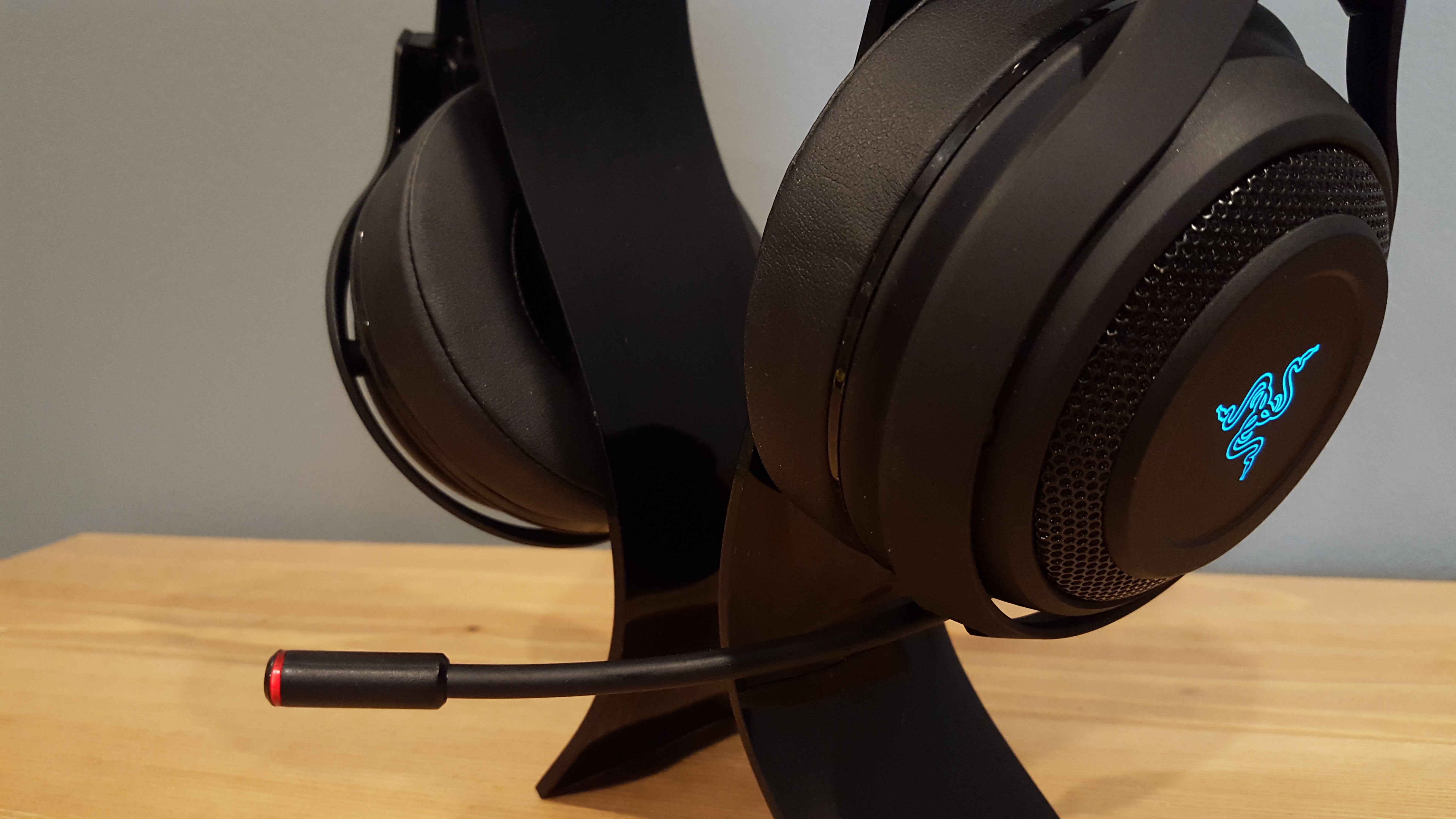
Passive isolation is a physical barrier between your ears and the sounds you don’t want to hear. But what if you want to block out human voices or barking dogs? Well, that’s where passive isolation comes in. (We’ve talked with researchers who say there are ANC concepts in the works that would do a better job with higher frequencies, but that technology is likely still a few years away.) What type of headphone should you buy?įor frequent flyers or folks who want to ignore an annoying air conditioner hum, active noise-cancelling headphones are a great option. This is why ANC is better suited for reducing low, sustained sounds like those of motors and airplane engines, and it’s why such headphones can’t filter out screaming kids. So most active noise-cancelling headphones have a noticeable dip in usefulness right at the 1 kHz point. Also, at higher frequencies, if the waveforms don’t line up just right, you’re more likely to encounter feedback. (If you’re curious about what 1 kHz sounds like, watch this video.) This is partly because lower frequencies produce longer waveforms that are easier to line up properly. Generally speaking, this type of active noise cancellation is most effective on lower frequencies of sound, between 50 Hz and 1 kHz. Again, this description is a simplification, but it’s the basic concept that all ANC headphone designs currently go by. The opposing forces effectively reduce the air-molecule movement, and you get a reduction in perceptible sound. Although this visual doesn’t precisely communicate how sound waves work, it helps you to picture how a wave, when matched with its opposite in phase, is effectively cancelled out.Īctive noise-cancelling headphones use tiny microphones on the inside (and sometimes the outside) of the earcups to process the sound headed toward your ears and immediately play the opposite phase of that sound through the headphone drivers. If, as you pressed on the string on one side, someone else were to press on the string from the opposite side at the exact same place with the exact same force, the string would barely move. If someone were to press down on the string in the direct center, that would disturb the string, causing a ripple. Picture the air molecules as a string stretched between two points. However, if a sound wave meets another sound wave that is the exact same in frequency and opposite in amplitude, the two largely negate each other. These waves travel through the air and into your ear canal, where they vibrate your eardrum.

As you probably know, sound travels in waves, moving the air molecules. The physics of active noise cancellationĪctive noise reduction technology functions primarily by exploiting a principle of physics called phase cancellation. (Spoiler: It’s the airplane engine.) The reason has to do with the physics of sound and how noise-cancelling headphones work.

The trouble is, active noise cancellation is really effective on only one of those things. People purchase them in the hopes of dimming the din of kids at play, loud-talking officemates, the barking dog next door, and airplane engines.

It’s a popular misconception that noise-cancelling headphones can block out any sound around you. This scene drives me bonkers because, as a headphones expert, I know the truth: That’s not how noise-cancelling headphones work. Meanwhile, a father relaxes blissfully undisturbed because he’s wearing noise-cancelling headphones. In it, a young boy jumps on a bed, raucously playing an electric guitar while another kid plays drums. This Amazon commercial bugs the heck out of me.


 0 kommentar(er)
0 kommentar(er)
